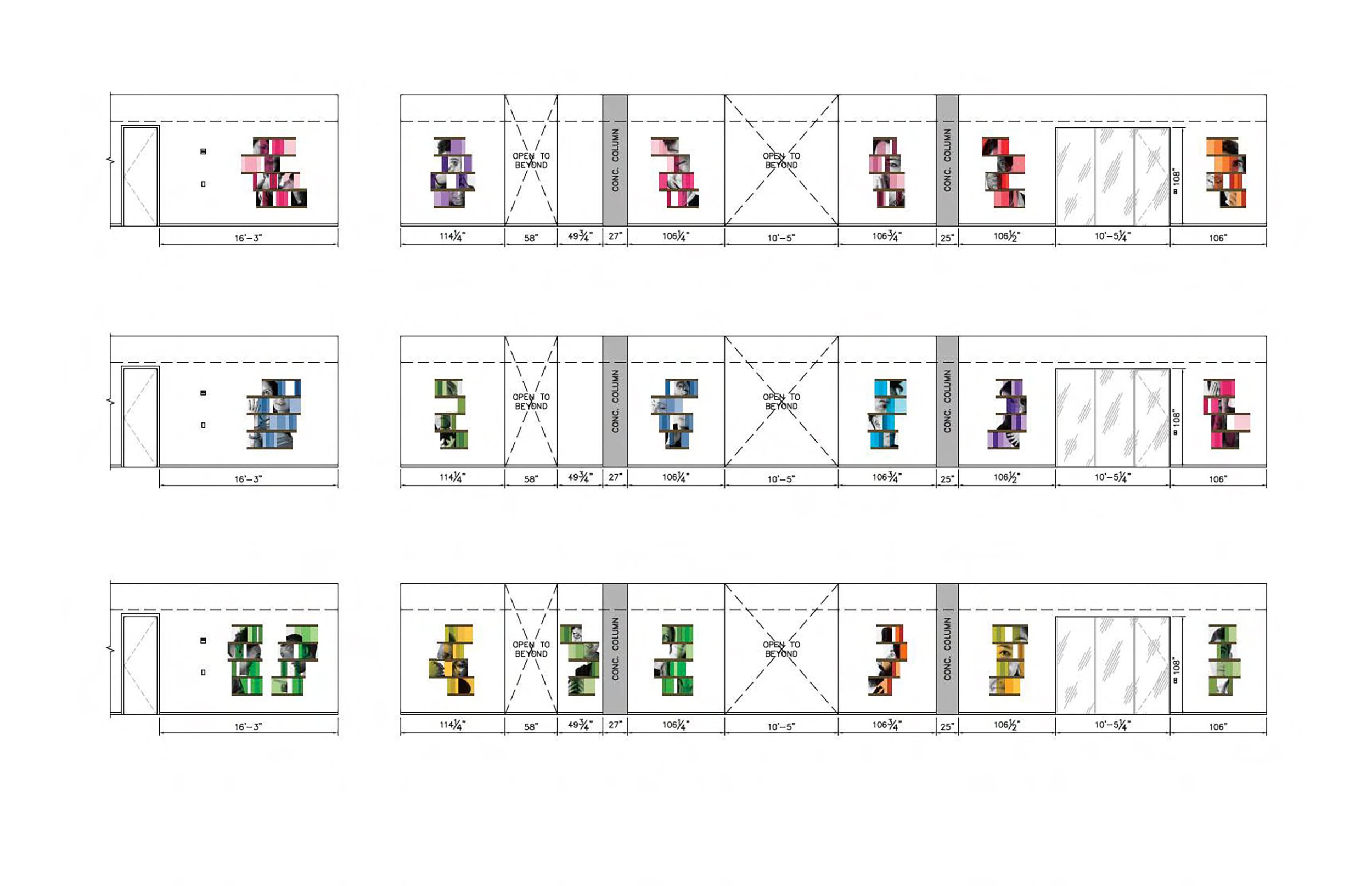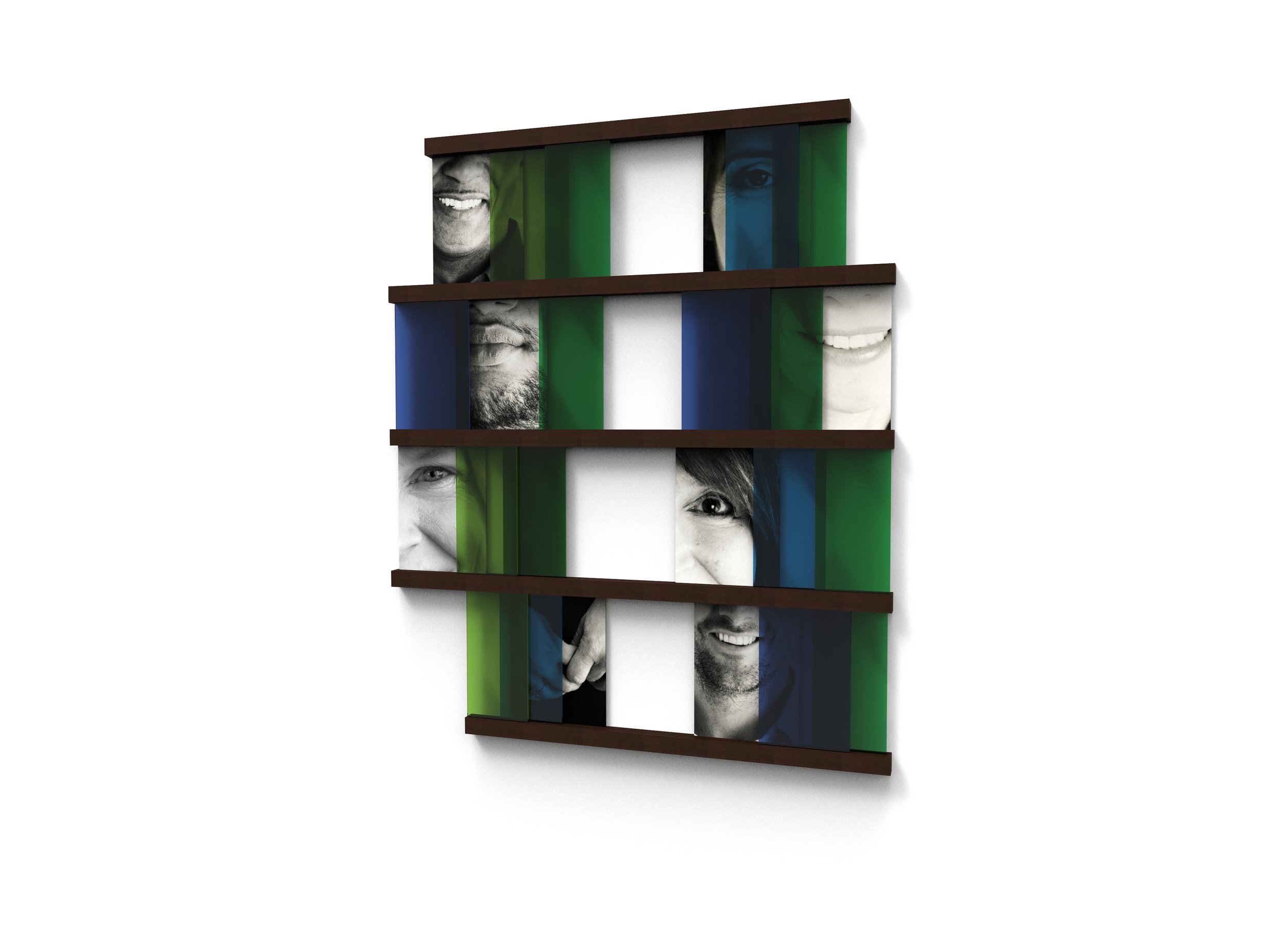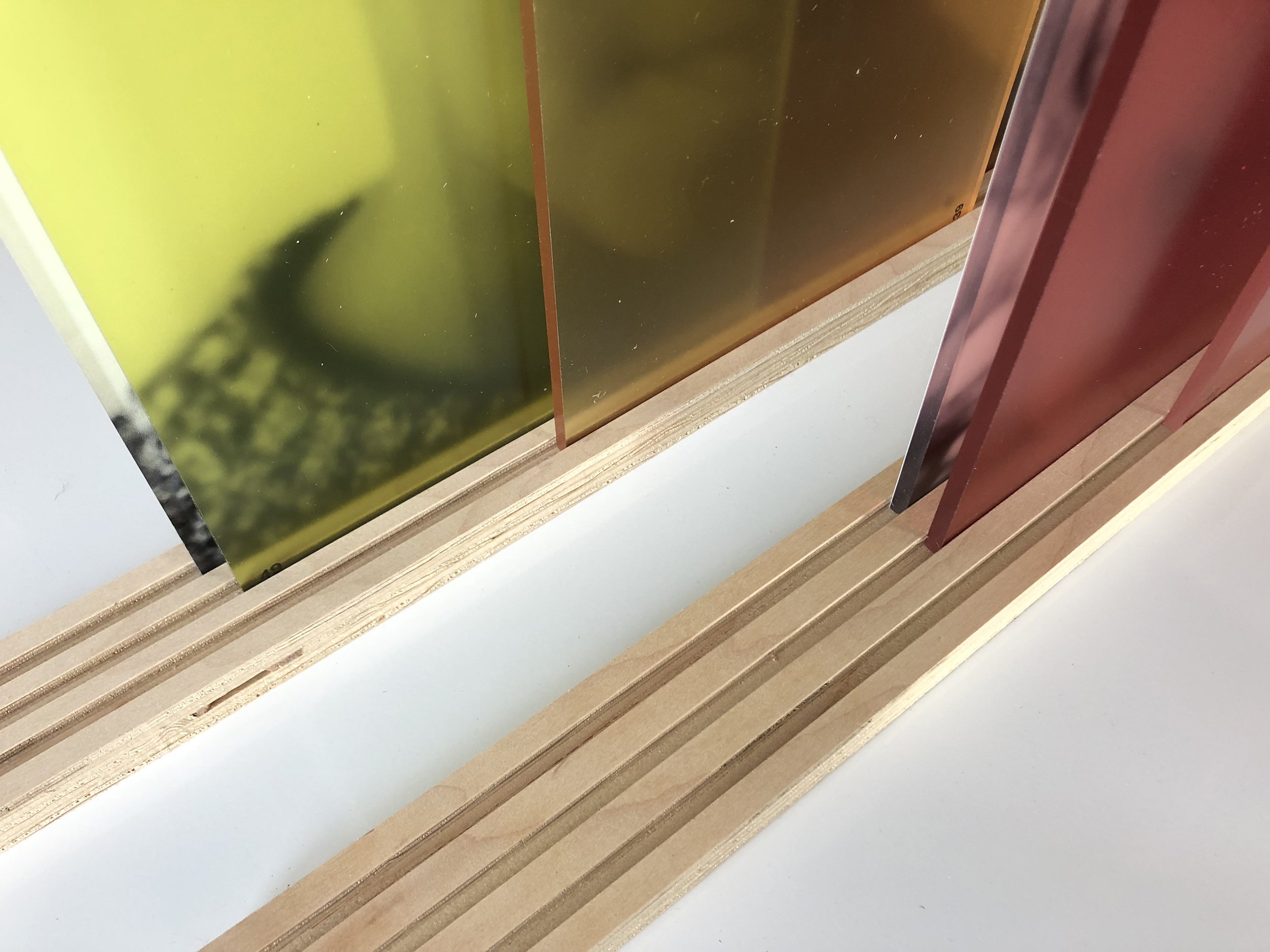Emotional Gradient.
Creating diverse and empathetic workplaces through socially minded artwork.
Client: Comcast Corporation
Industry: Telecommunications
Services: Placemaking, Product & Service Design, Experiential and Visual Design
Design Brief.
When telecommunications and media company Comcast built a new technology center in Philadelphia, their architecture and branding teams wanted a new home that incorporated the work of local artists and designers. In an effort to reflect their community through a photo-based installation, they came to FutureTogether and photographer Karen Harmelin to collaborate on a wall installation.
Outcome.
We crafted a series of socially minded and visually impactful wall-mounted sculptures that express the power of empathy, diversity, and community.
Social Impact.
Our artistic intervention helped destigmatize emotion in the workplace while championing cultural heritage. The installation was a beautiful and powerful reminder that diversity and inclusion can engender creativity and innovation in a corporate environment.
Environmental Impact.
We extended the life of the piece, mitigated any future end-of-life impacts and simplified maintenance by printing the images on glass, using FSC-certified plywood, and using minimal mounting hardware.
Diversity & Emotion.
After researching ways to visually express Philadelphia’s diverse community, we found that the photos should do more than simply reflect cultural diversity—the installation needed to illustrate this place of historic, nationwide firsts and radical changes. It needed to hold a culture’s emotional richness, too, which is why this installation is a distillation of the changing emotions in life.
A Successful Design Framework.
We understood that the artwork needed to express diversity and emotion clearly, so we researched psychological models and the science of emotion. Dr. Robert Plutchik’s Wheel of Emotion became a point of entry and an ideal framework for organizing our ideas effectively. Based on this structure, we developed two-dimensional studies to share with Comcast. During these studies, we identified the need for a consistent visual language beyond emotion—specifically tied to color. After much development, an oversized pixel emerged as the solution we were after. The device acted as a way to abstract the photography and build the necessary contrast between color and photographic media.






Detailed Development Mock-ups.
Our team began testing various configurations using the oversized pixels—studying their scale and playing with placeholder photography. Once this direction was approved by Comcast, we worked with a variety of vendors to test printing, color palettes, and material options and finishes.
Carefully Considered Casting & Photography.
In consultation with Comcast, we decided to use a casting agency to find photography subjects for our installation. Since our goal was to capture a wide range of emotion with limited time, we selected people based on their personal stories and culture. Karen photographed over two dozen men, women, and children over the course of three days. The experience was beautiful and challenging, delivering powerful images that brought to life our concept fully.
Essential Pixels.
Once all the photos were edited and approved by Comcast, we began selecting and cropping images and color pixels to tell visual stories. The images and cropping developed into a compelling, consistent visual language—one that unfolded across twenty pieces in hallways on three floors. The editing and layering highlighted key elements of each photo to help drive a message of continuous change, emotional range, and cultural diversity.


